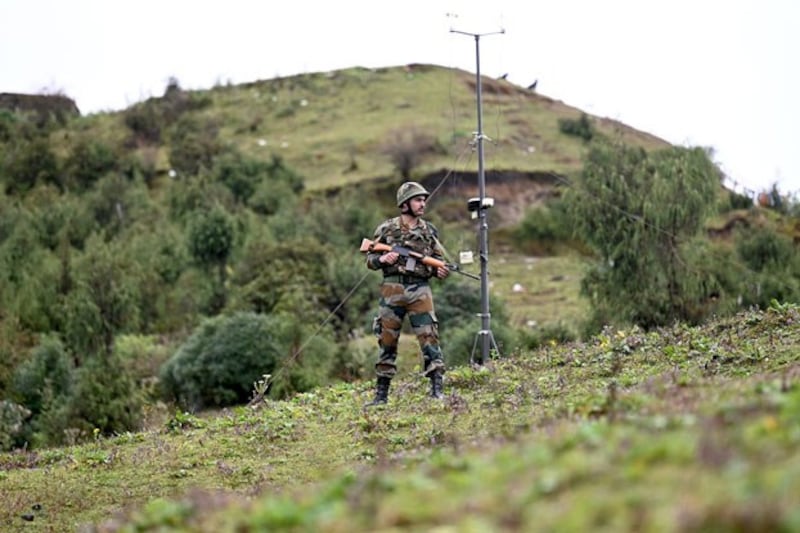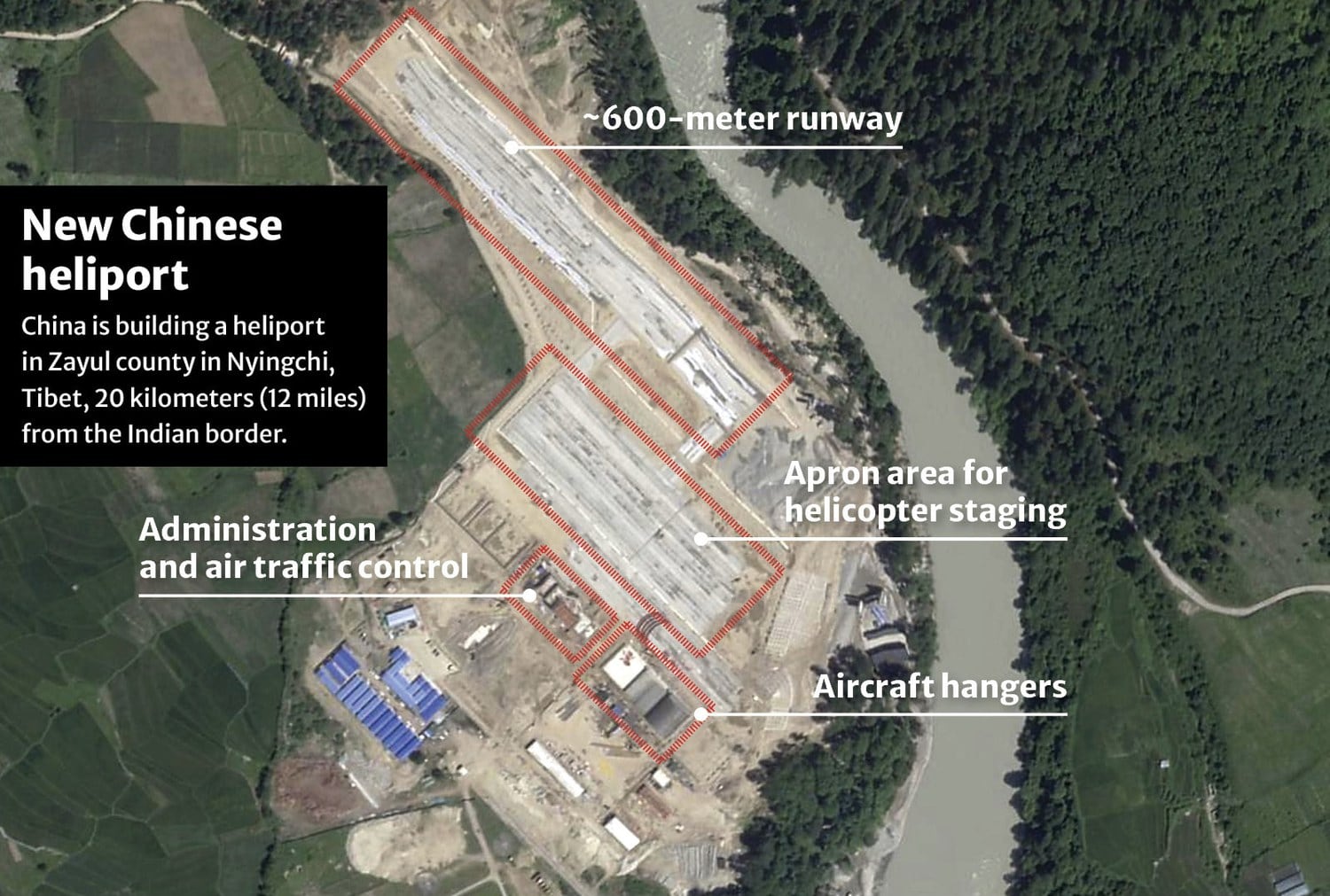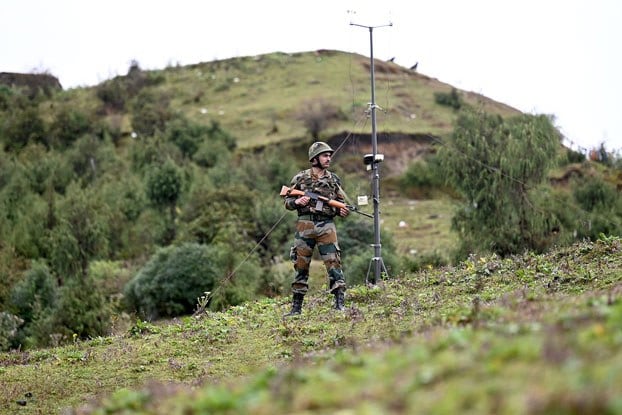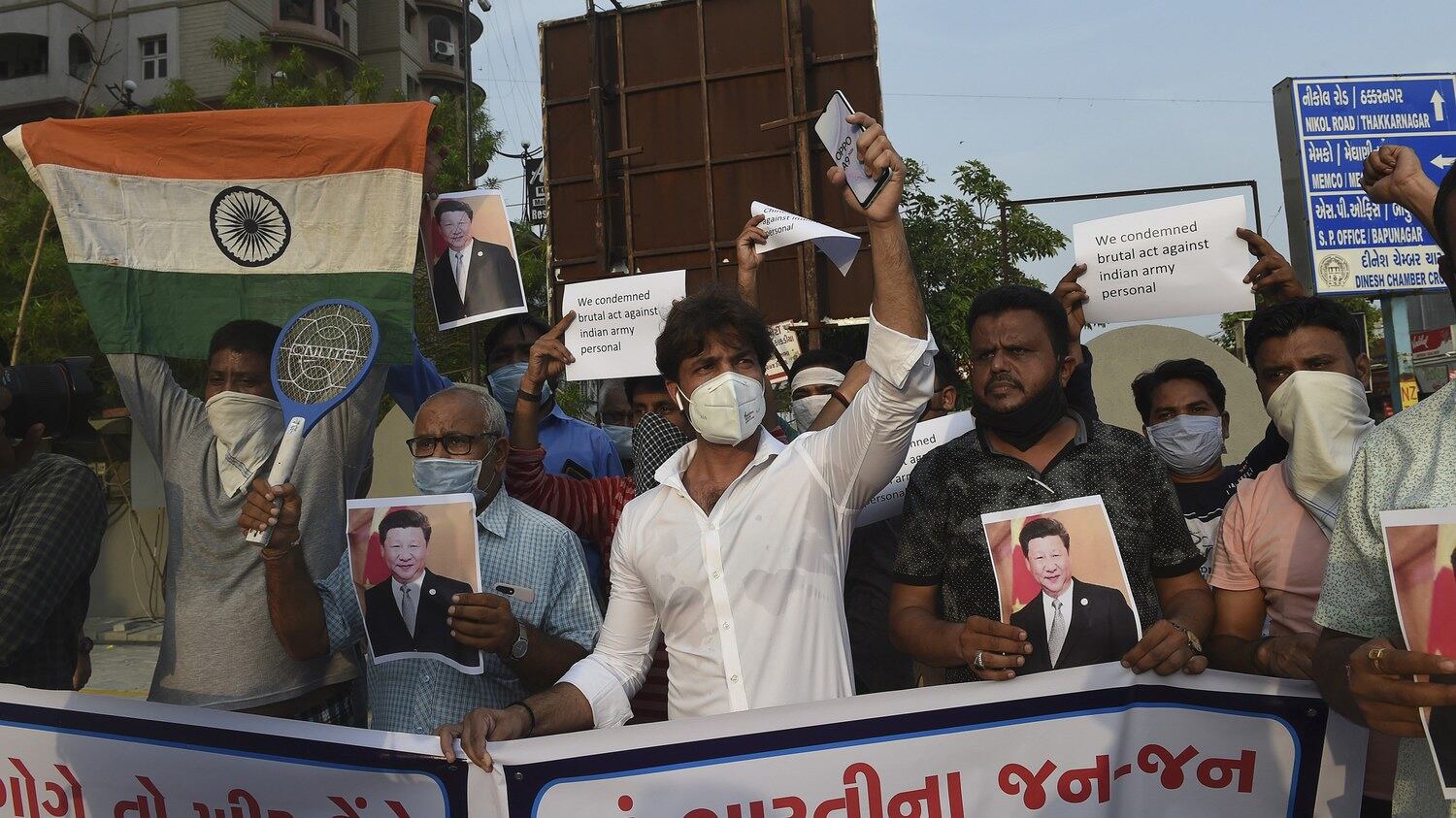Updated May 19, 2025, 3:50 p.m. EDT
India on Wednesday rejected China’s renaming of 27 places in Arunachal Pradesh as a “vain and preposterous” move, saying its northeastern border state, which Beijing claims is part of Zangnan or southern Tibet, remains an “integral and inalienable” part of the country.
On Sunday, China’s Ministry of Civil Affairs released its fifth batch of “standardized” names for over 27 places in Arunachal Pradesh – including mountains, mountain passes, rivers, residential areas, and a lake – in its latest attempt to bolster its claim over the territory that Beijing claims is Chinese territory and part of historical Tibet.
“We have noticed that China has persisted with its vain and preposterous attempts to name places in the Indian state of Arunachal Pradesh,” India’s Ministry of External Affairs spokesperson Randhir Jaiswal said in a statement.
“Consistent with our principled position, we reject such attempts categorically. Creative naming will not alter the undeniable reality that Arunachal Pradesh was, is, and will always remain an integral and inalienable part of India,” Jaiswal added.
China’s latest move to rename places in the Indian border state comes despite recent attempts by both nations to improve diplomatic ties, after Indian Prime Minister Narendra Modi met with Chinese President Xi Jinping in Russia last October shortly after their governments reached an agreement over a disputed area along their shared border.
That came after prolonged tensions, when thousands of Indian and Chinese troops faced off in June 2020 at three or four locations in the western Himalayas. India accused Beijing’s forces of intruding into Indian territory, although China denied it.
The two countries fought a border war in 1962, and China has mounted a long-standing campaign to assert its claim over areas held by India.
In 2017, China released its first list of standardized names for six places. Thereafter, it has carried out three more such renaming attempts, with new names for 15 places released in 2021, for 11 places in 2023, and 30 places in 2024.
In response to India’s condemnation of China’s latest move, the Chinese foreign ministry spokesperson Lin Jian said the Chinese government’s efforts to “standardize” the names of certain places in the region “is fully within China’s sovereignty.”
“The Zangnan region belongs to China,” Lin said at a press briefing on Wednesday.
India and China have made competing claims on territory along the disputed 1,130-kilometer (700-mile) border, known as the McMahon Line, between Tibet and the Indian state of Arunachal Pradesh.
India recognizes the McMahon Line, a boundary line drawn between Tibet and British India as agreed during the Simla Convention in 1914, as the international border. China, on the other hand, maintains that the boundary with India has never been delimited and claims areas south of the McMahon Line in Arunachal Pradesh as southern Tibet.

Sriparna Pathak, professor of China studies at the O.P. Jindal Global University in Haryana, India, and a former consultant at India’s foreign ministry, characterized China’s effort to change names as “cartographic aggression” - an attempt to boost its claims and normalize its occupation of regions it claims as its own.
Kalpit Mankikar, fellow for China Studies at the New Delhi, India-based Observer Research Foundation, highlighted China’s recent attempts to push its allies to use “Xizang,” instead of Tibet, to refer to the formerly independent country it annexed in 1950.
He said it is another example of Beijing’s strategy to rename places and ensure their consistent usage to erase Tibetan identity and further its narrative that Tibet has always been a part of China.
“This has been the fifth time that China has renamed places in Arunachal. And this is also part of the larger scheme of things, where it calls Tibet ‘Xizang’... so this is a long, long-drawn strategy,” Manikar said.
Edited by Mat Pennington.





